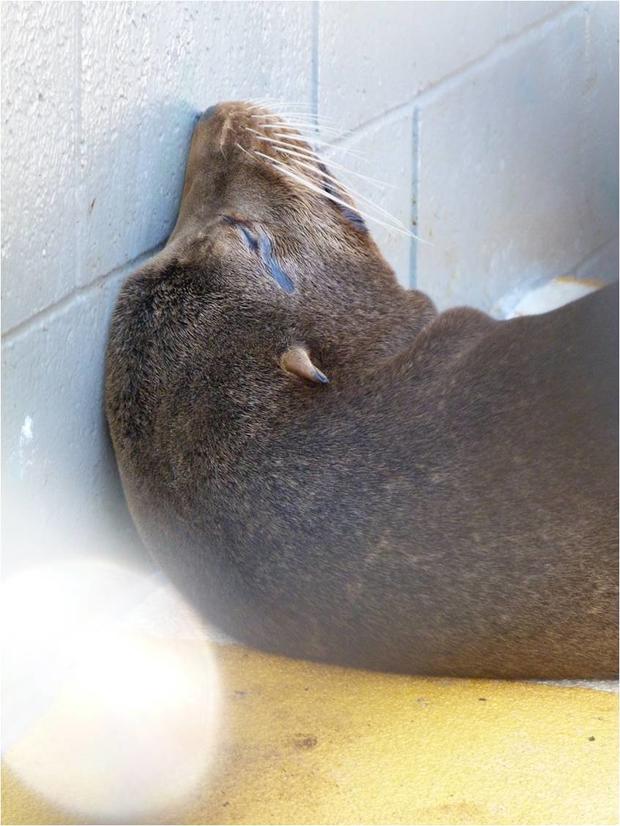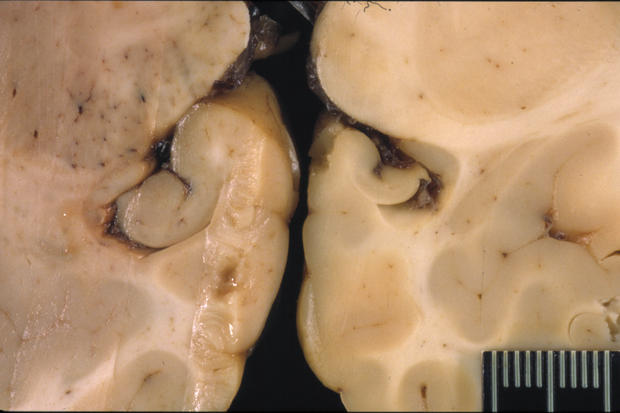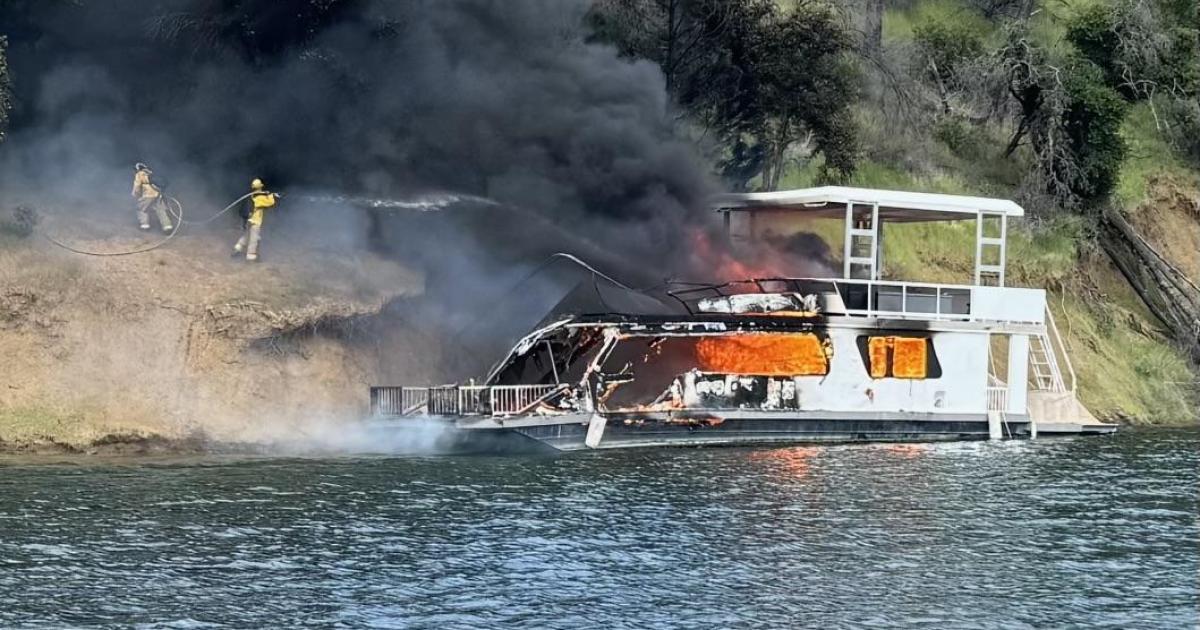Toxic Algae Poison Causes Devastating Brain Damage, Memory Loss In California's Sea Lion Population
SAN FRANCISCO (CBS SF) -- The poison that ruined this year's Dungeness crab season has been devastating marine mammals for months. An alarming number of sick, stranded sea lions are coming ashore in California, Oregon and Washington with symptoms of memory loss one would expect to see in human Alzheimer's patients. Researchers have traced the cause of their illness to demoic acid poisoning from microscopic toxic algae blooms, or red tides. Scientists at UC Santa Cruz found that chronic exposure to domoic acid (DA toxicosis) causes permanent brain damage.
In a study published in the December 18 issue of Science, researchers observed DA toxicosis in a sample of sea lions and found they suffered not only memory loss but impaired spacial memory, which has a devastating impact on their ability to navigate their ocean habitat.
The researchers performed behavioral tests and brain imaging (MRI) on the poisoned mammals and found the DA toxicosis resulted in damage to the hippocampus, the part of the brain associated with memory.
"We were able to correlate the extent of hippocampal damage to specific behavioral impairments relevant to the animals' survival in the wild," said lead researcher Peter Cook in a press release. In addition to hippocampal lesions, scientists observed "reduced connectivity between the hippocamus and the thalmus" resulting in loss of episodic memories of events and experiences.
Poisonous demoic acid produced by microscopic algae is the same toxin that tainted the Bay Area's Dungeness crab supply this season. It builds up in shellfish and small fish that feed on the algae, such as sardines and anchovies. In turn, sea lions and other mammals at the top of the food chain are exposed to the toxin when they eat the tainted fish. As a result, more and more sea lions have been observed staggering along California beaches with symptoms of DA toxicosis, "including disorientation and seizures." Their starving, abandoned pups are showing up in alarming numbers, as well.
What puzzles researchers is that sea lions with symptoms of brain damage are showing up on beaches where there is no active bloom of toxic algae. Cook says these animals may have developed brain lesions over time, resulting from a chronic epileptic condition caused by one or more exposures to the toxin.
"What isn't well understood yet is the dose response," Cook said. "We don't know how heavy the exposure needs to be, or how often repeated, to cause this kind of brain damage, and we don't know the effects of repeated low-dose exposure."
Some of Cook's colleagues in the scientific community hope that by studying the debilitating effects of DA toxicosis on marine mammals, neuroscientists may some day better understand epilepsy and memory loss in humans.
Meantime, researchers are still looking for ways to reduce the effect of toxic algae blooms on marine mammals. They say warmer waters during this winter's strong El Niño may produce even more red tides, and lead to increasing numbers of sick, stranded sea lions and pups along the West Coast, from California to Alaska.
CBSSF.com writer, producer Jan Mabry is also executive producer and host of The Bronze Report. She lives in Northern California. Follow her on Twitter @janmabr.






